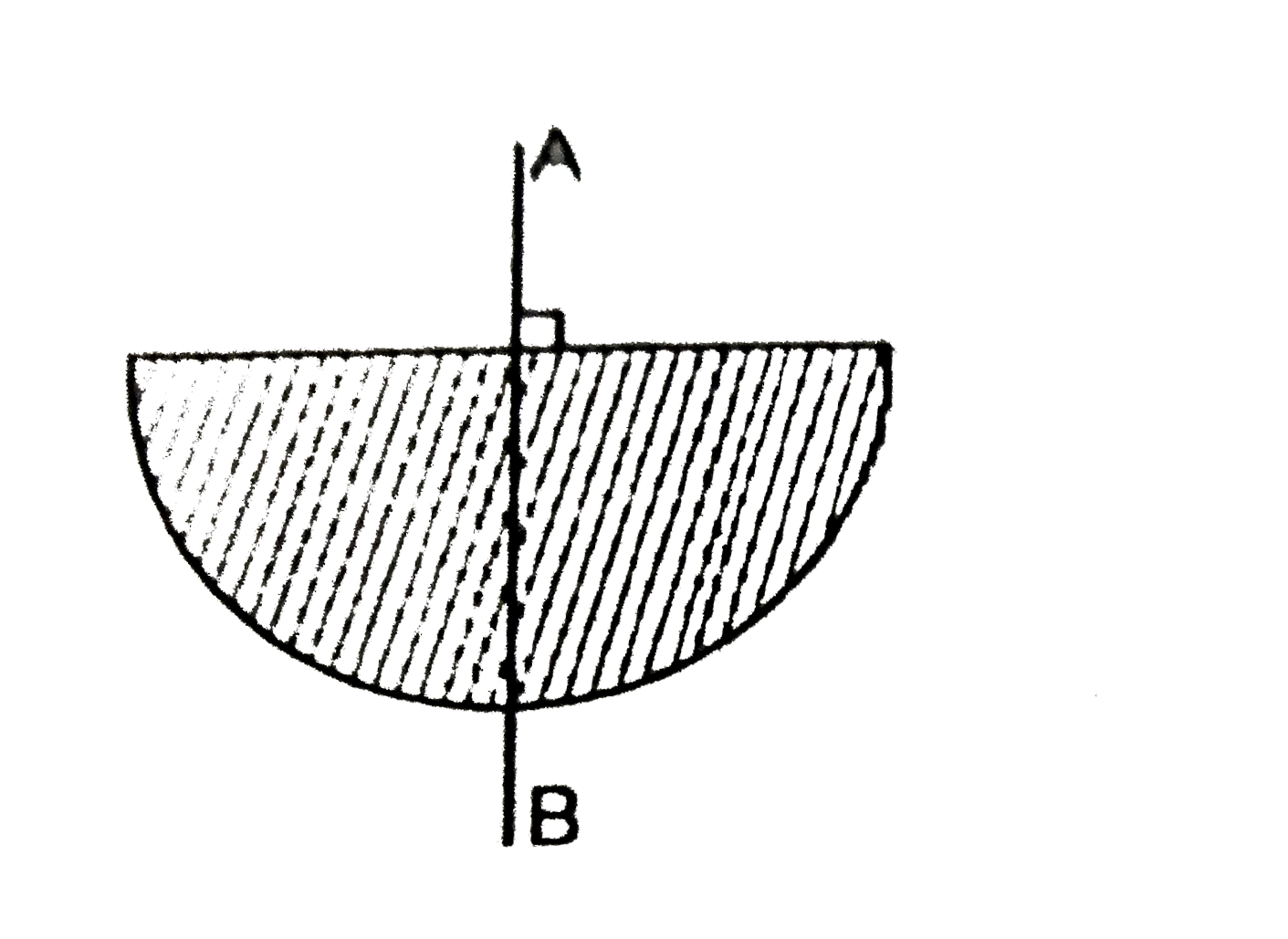The cells which destoy worn out white and red bood corpusles ,bacteria and other microorganism passing through liver are
B-cells
T-cells
Oxytocin
Kupffer's cells
The correct Answer is:D
Step-by-Step Solution:
1. Understanding the Question: The question asks about the specific cells that are responsible for destroying worn-out white and red blood corpuscles, bacteria, and other microorganisms that pass through the liver.
2. Identifying Key Terms: The key terms in the question are "destroy," "worn out white and red blood corpuscles," "bacteria," "microorganisms," and "liver." This indicates that we are looking for cells involved in the immune response and phagocytosis within the liver.
3. Analyzing the Options:
- Option A: B cells: These are a type of lymphocyte involved in the immune response, primarily by producing antibodies. They do not directly destroy cells or pathogens through phagocytosis.
- Option B: T cells: Another type of lymphocyte that helps in the immune response by releasing cytokines. They also do not directly engulf and destroy cells or pathogens.
- Option C: Oxytocin: This is a hormone involved in childbirth and lactation, not a cell type, so it is irrelevant to the question.
- Option D: Kupffer cells: These are specialized macrophages located in the liver that play a crucial role in the immune response by phagocytosing (engulfing and destroying) worn-out blood cells and pathogens.
4. Conclusion: Based on the analysis, the correct answer is Kupffer cells (Option D), as they are specifically designed to destroy worn-out blood cells and microorganisms in the liver.
5. Final Answer: The cells which destroy worn-out white and red blood corpuscles, bacteria, and other microorganisms passing through the liver are Kupffer cells.
---
- Option A: B cells: These are a type of lymphocyte involved in the immune response, primarily by producing antibodies. They do not directly destroy cells or pathogens through phagocytosis.
- Option B: T cells: Another type of lymphocyte that helps in the immune response by releasing cytokines. They also do not directly engulf and destroy cells or pathogens.
- Option C: Oxytocin: This is a hormone involved in childbirth and lactation, not a cell type, so it is irrelevant to the question.
- Option D: Kupffer cells: These are specialized macrophages located in the liver that play a crucial role in the immune response by phagocytosing (engulfing and destroying) worn-out blood cells and pathogens.
Similar Questions
The process by which a white blood cell or an amoeba engulfs bacteria is called phagocytosis.
View SolutionTwo masses m1andm2 are placed at a distance r from each other. Find out the moment of inertia of system about an axis passing through their centre of mass.
View SolutionTake four distinct point A,B ,C and D , out of which three points are collinear
Find the number of lines that can be drawn passing through these points.
View SolutionA uniform semicircular disc of mass 'm' and radius 'R' is shown in the figure. Find out its moment of inertia about.
(a) axis 'AB'( shown in the figure 0 which passes through geometrical centre and lies in the plane of the disc
(b) axis 'CD' which passes through its centre of mass and it is perpendicular to the plane of the disc.

View SolutionFind the angle between the lines, one of which is parallel to the line
x1=y−12=z3 and other is a line passing through two points (1, 2, 4) and (4, 3, -1)?
View SolutionA loosely wound helix made of stiff metal wire is mounted vertically with the lower end just touching the mercury in a dish. When the current from a battery is started in the metal wire through the mercury. then the spring
View SolutionWhich one of the following pairs of hormones are the examples of those that can easily pass through the cell membrane of the target cell and bind to a receptor inside it (mostly in the nucleus)
View SolutionA 2 W carbon resistor is color coded with green, black, red and brown respectively. The maximum current which can be passed through this resistor is :
View SolutionState whether the following statement is true or false.
A membrane which allows certain substances to pass, but does not allow others to pass through it is called a selectively permeable membrane.
A. True
B. False
View SolutionSelect the wrong statement
(a) Presence of chromogenic substrate gives blue color colonies if the plasmid in the bacteria does not have an insert
(b) Retroviruses in animals have the ability to transform normal cells into cancerous cells
(c) In microinjection, cells are bombarded with high velocity microparticles of gold or tungsten coated with DNA
(d) Since DNA is a hydrophilic molecule it cannot pass through cell membranes
View Solution
